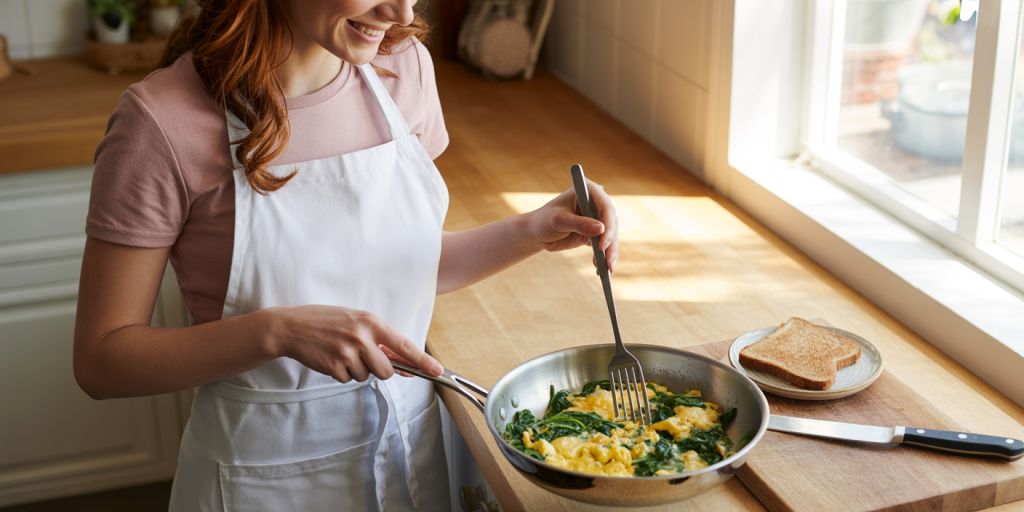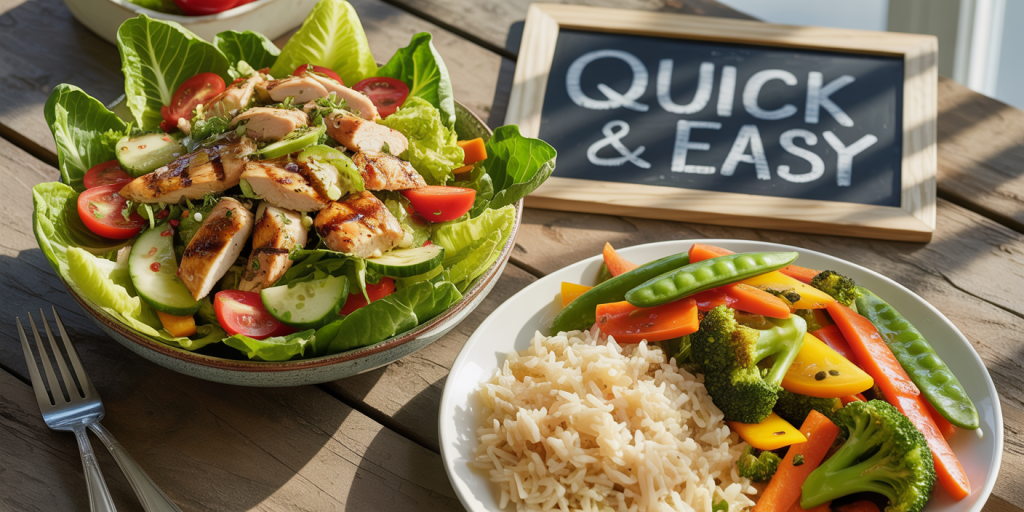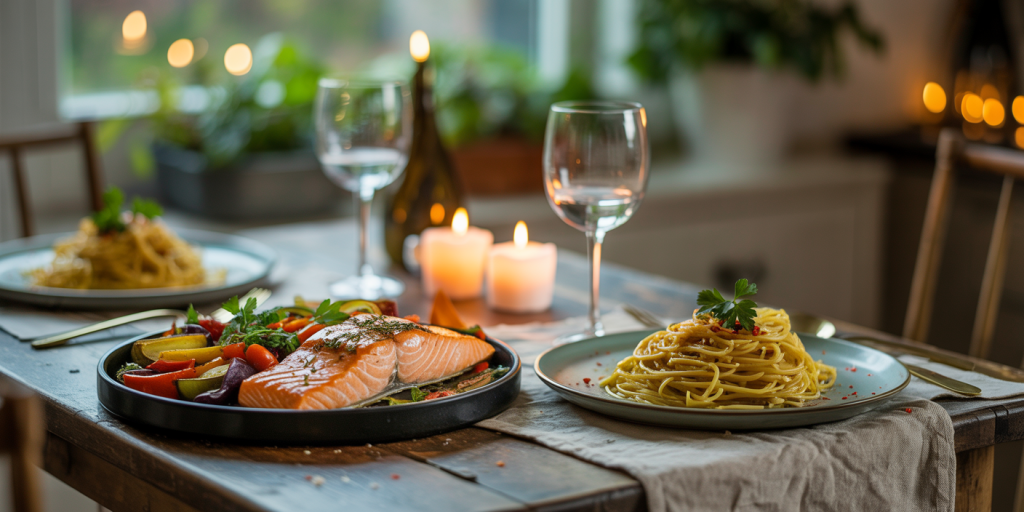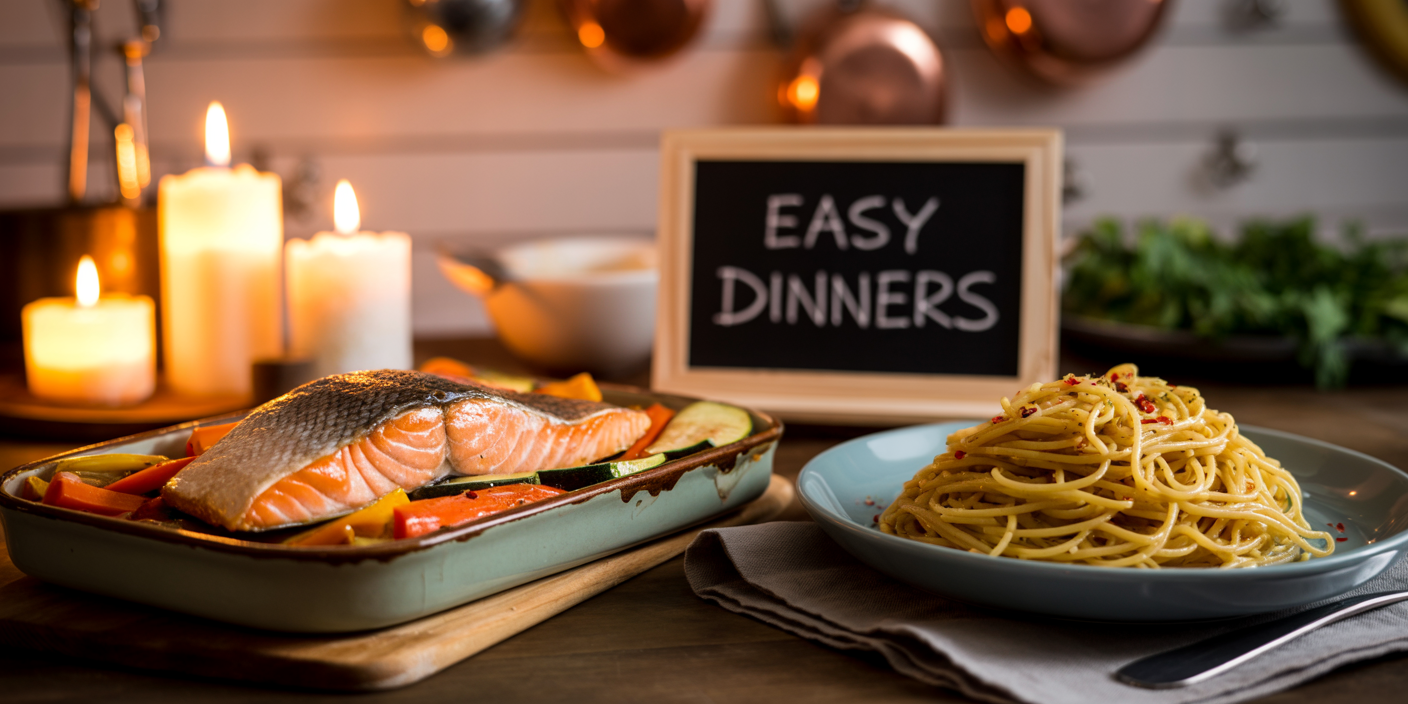Embarking on a cooking journey can be both exciting and intimidating for newcomers. Cooking is an essential life skill that not only promotes healthier eating habits but also fosters creativity and self-reliance. However, many new cooks feel overwhelmed by complex recipes, unfamiliar cooking techniques, and an array of kitchen tools. To help alleviate this apprehension, beginner-friendly recipes are designed to simplify cooking without compromising taste or nutrition. These recipes typically employ minimal ingredients, straightforward instructions, and quick preparation times, making them accessible to anyone with limited culinary experience.
According to a 2023 survey by the National Restaurant Association, approximately 60% of adults express a desire to improve their cooking skills but cite lack of confidence and knowledge as significant barriers. Simple, approachable recipes act as a gateway to building this confidence by providing achievable steps. This article explores practical beginner-friendly recipes, tips for new cooks, and insights into why simplicity matters in developing lasting cooking habits.
Essential Tips for New Cooks: Building a Foundation
Before diving into specific recipes, it’s crucial for new cooks to establish foundational habits that enhance cooking success. The first step involves mastering basic kitchen safety and hygiene. Washing hands regularly, using separate cutting boards for raw meat and vegetables, and ensuring proper food storage are vital to preventing foodborne illnesses. For instance, the Centers for Disease Control and Prevention (CDC) estimate that each year, roughly 1 in 6 Americans gets sick from contaminated food. Simple hygiene practices can significantly reduce this risk.
Another valuable tip is becoming familiar with essential kitchen tools and their functions. A sharp chef’s knife, measuring cups, a cutting board, and non-stick pans cover most beginner needs. Investing in these basic tools helps avoid frustration, as ineffective equipment is one of the common complaints among new cooks. For example, a dull knife not only prolongs prep time but also increases the likelihood of accidents. Additionally, understanding cooking terms like sautéing, boiling, and baking can make recipes more accessible. Resources like cooking classes or beginner cooking apps often explain these basics through visual guides, an excellent aid for novices.

Simple Breakfast Ideas for Energizing Starts
Breakfast sets the tone for the day and is often overlooked by busy individuals or new cooks daunted by early morning meals. Fortunately, many beginner-friendly breakfast recipes are nutritious, quick, and require minimal ingredients. For example, scrambled eggs with spinach and whole-grain toast is a classic choice that combines protein, fiber, and healthy fats. Scrambling eggs takes only a few minutes and requires basic skills such as whisking eggs and heating a non-stick pan.
Another popular recipe is overnight oats, which require no cooking and can be prepared the night before. Combining rolled oats, milk (or a dairy-free alternative), and a sweetener like honey creates a balanced base. Adding fruits like berries or banana slices enriches both flavor and nutritional value. Data from the International Food Information Council suggests that 58% of Americans included oatmeal or similar grain breakfasts in their weekly meals as of 2023, recognizing their health benefits and convenience.
| Breakfast Option | Preparation Time | Cooking Complexity | Nutritional Highlights |
|---|---|---|---|
| Scrambled Eggs & Toast | 5 minutes | Very Easy | High protein, fiber |
| Overnight Oats | 5 minutes | No Cooking | Fiber-rich, antioxidants |
| Greek Yogurt & Honey | 2 minutes | No Cooking | Probiotics, calcium |
These recipes demonstrate how new cooks can prepare nourishing meals without feeling overwhelmed, making breakfast both satisfying and manageable.
Lunch Recipes That Require Minimal Time and Effort
Lunch often needs to be quick, especially for individuals balancing work, school, and other responsibilities. Beginner-friendly lunch recipes focus on simplicity, fresh ingredients, and versatility. One such recipe is a grilled chicken salad. Grilling chicken breasts or using pre-cooked rotisserie chicken reduces cooking time significantly. Tossing mixed greens with cherry tomatoes, cucumbers, and a light vinaigrette creates a refreshing and balanced meal.

Another easy lunch option is a vegetable stir-fry served with rice or noodles. Stir-fries are excellent for beginners because they involve tossing, sautéing, and combining ingredients in one pan. A common example is using bell peppers, broccoli, snap peas, and carrots stir-fried with soy sauce and garlic. According to the USDA, incorporating colorful vegetables like these into daily meals contributes to higher intake of vitamins A, C, and K.
| Lunch Recipe | Preparation Time | Skill Required | Key Benefits |
|---|---|---|---|
| Grilled Chicken Salad | 15 minutes | Basic grilling | High protein, low calorie |
| Vegetable Stir-fry | 20 minutes | Basic sautéing | Rich in fiber, antioxidants |
| Turkey & Avocado Wrap | 10 minutes | No cooking | Healthy fats, lean protein |
These lunch recipes encourage new cooks to experiment with fresh ingredients and basic cooking methods while supporting balanced nutrition.
Dinner Dishes That Build Confidence
Dinner recipes for beginners should focus on moderate complexity and flavor so that new cooks can advance their skills gradually. One practical example is baked salmon with roasted vegetables. Baking salmon pays off with simplicity: seasoning the fillet with lemon, salt, and herbs, then cooking in a preheated oven for about 15 minutes. Roasting vegetables like carrots, zucchini, and potatoes alongside the fish optimizes time and effort.

Another beginner favorite is spaghetti aglio e olio, an Italian pasta dish made with garlic, olive oil, chili flakes, and parsley. This recipe requires boiling pasta and quickly sautéing garlic, making it straightforward while delivering robust flavors. One benefit, supported by nutritionists, is that olive oil provides heart-healthy monounsaturated fats, while garlic is linked to immune support.
| Dinner Option | Cooking Time | Difficulty Level | Nutritional Focus |
|---|---|---|---|
| Baked Salmon & Veggies | 30 minutes | Easy-Moderate | Omega-3s, vitamins A & C |
| Spaghetti Aglio e Olio | 20 minutes | Easy | Healthy fats, antioxidants |
| Chicken Stir-fry | 25 minutes | Easy-Moderate | Lean protein, fiber |
Mastering these dishes allows new cooks to develop timing skills, ingredient seasoning, and combining flavors, reinforcing confidence for more complex recipes.
Snacks and Sides: Enhancing Meals with Minimal Fuss
Snacks and side dishes are essential for rounding out meals or satisfying hunger between main courses. For beginner cooks, simplicity is key, especially since snacks should require little preparation. One straightforward example is hummus with vegetable sticks. Hummus, made from blended chickpeas, tahini, lemon juice, and garlic, is rich in protein and fiber. Purchasing pre-made hummus reduces preparation time drastically and requires only chopping vegetables like carrots, celery, and cucumbers.
Another quick side is a caprese salad composed of sliced mozzarella, tomatoes, basil leaves, and a drizzle of balsamic glaze. It’s an effortless no-cook option that delivers fresh and bright flavors, popular among new cooks due to its minimal steps and no heating required.
| Snack/Side | Prep Time | Cooking Required | Nutritional Benefits |
|---|---|---|---|
| Hummus & Veggie Sticks | 5 minutes | No | Plant protein, fiber |
| Caprese Salad | 5-7 minutes | No | Calcium, vitamin C, antioxidants |
| Cheese & Crackers | 3 minutes | No | Calcium, healthy fats |
Including these simple accompaniments helps new cooks feel inspired to enhance meals without added pressure, contributing to a balanced diet throughout the day.
Future Perspectives: How Beginner Recipes Shape Cooking Habits
As cooking skills develop, beginner-friendly recipes serve as the foundation for culinary exploration and lifestyle improvements. The rise of digital tools such as cooking apps, YouTube tutorials, and social media platforms like TikTok and Instagram has revolutionized how new cooks learn and share recipes. According to Statista, over 70% of people aged 18-34 utilize online resources to learn cooking techniques, reflecting a significant shift in educational approaches.
The long-term impact of mastering beginner recipes extends beyond individual health benefits. Cooking at home is linked to better dietary quality, with studies showing that those who cook regularly consume more fruits and vegetables and fewer processed foods. This contributes to mitigating chronic diseases such as obesity and diabetes, which afflict millions worldwide. Moreover, cooking builds a sense of community and cultural appreciation when new cooks are inspired to try cuisines from different backgrounds.
In the near future, expect beginner recipes to integrate more sustainable and plant-based ingredients, responding to environmental concerns and dietary trends. Innovations such as augmented reality (AR) cooking assistants and voice-activated kitchen devices promise to make cooking more intuitive, encouraging novices and experts alike.
In summary, beginner-friendly recipes are more than simple meals—they are stepping stones for healthier living, skill development, and culinary confidence. Embracing these recipes and foundational tips opens doors to a world of food creativity and nourishment for every new cook.

Deixe um comentário